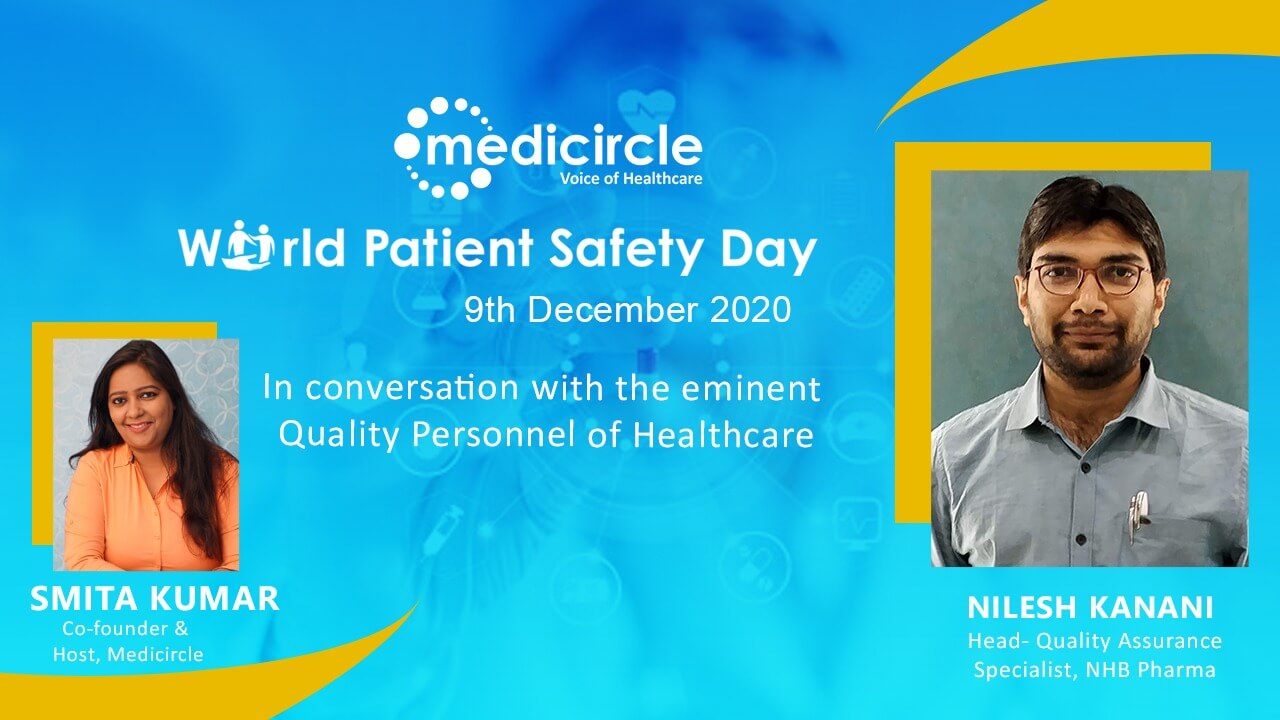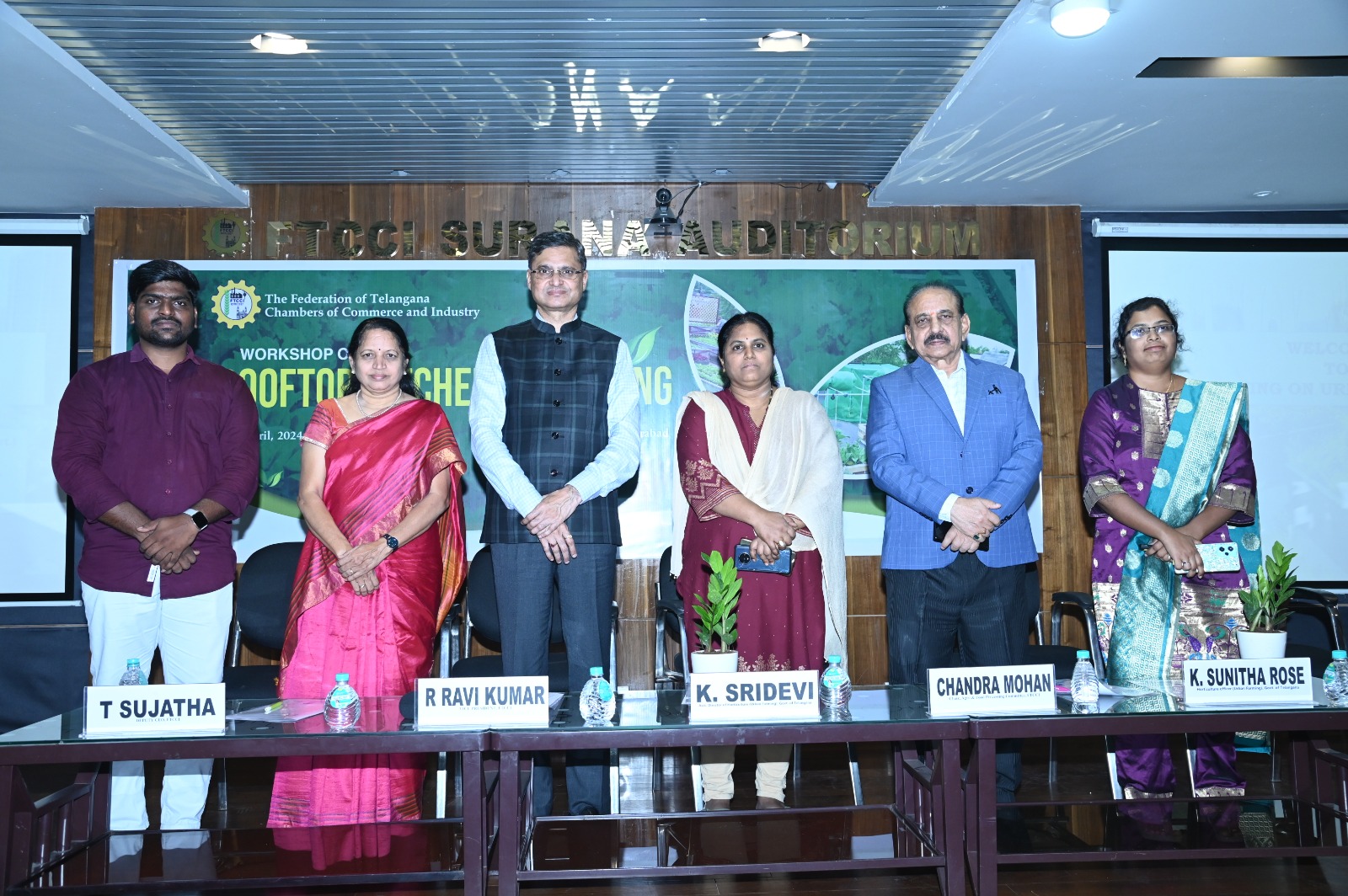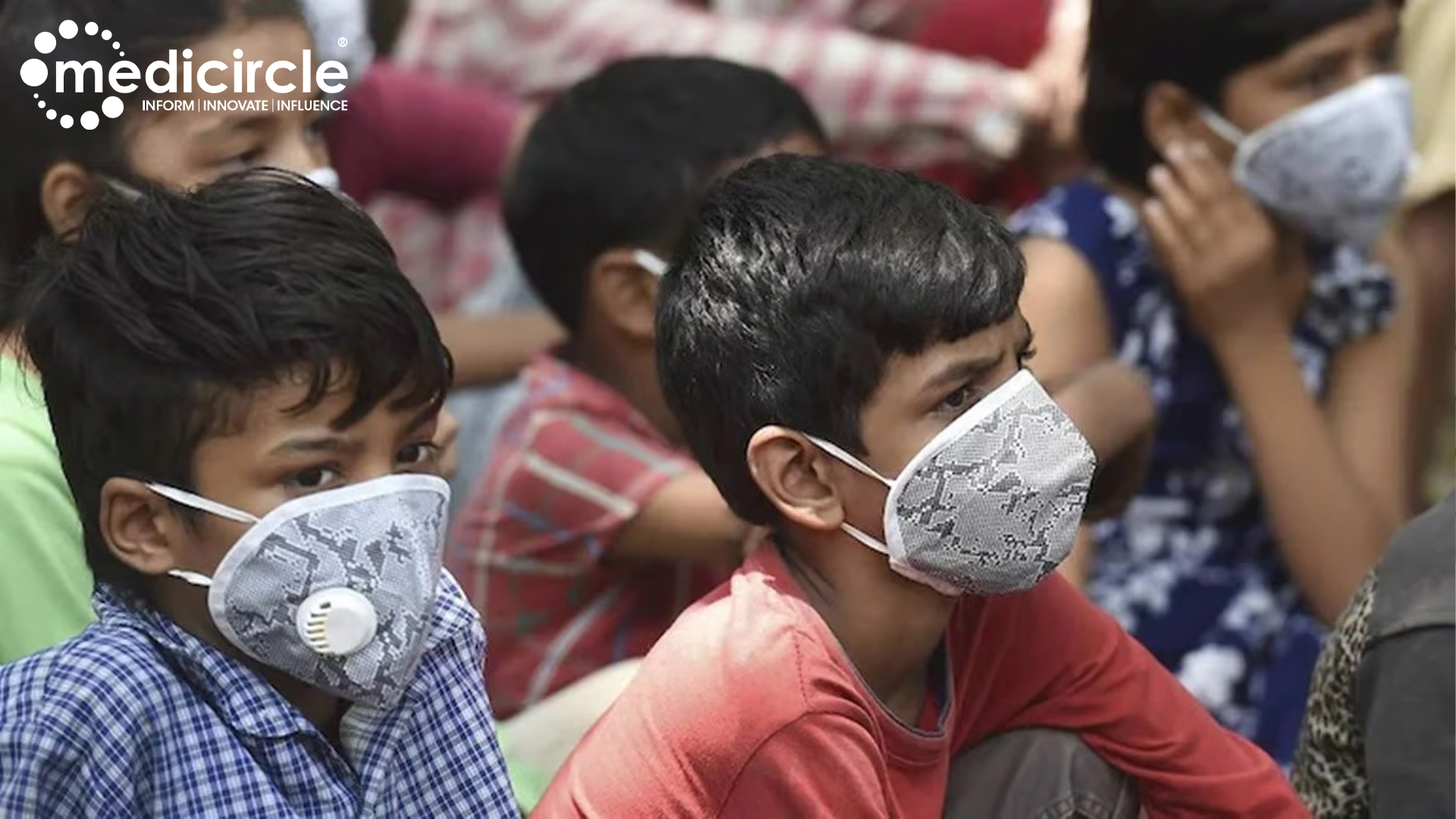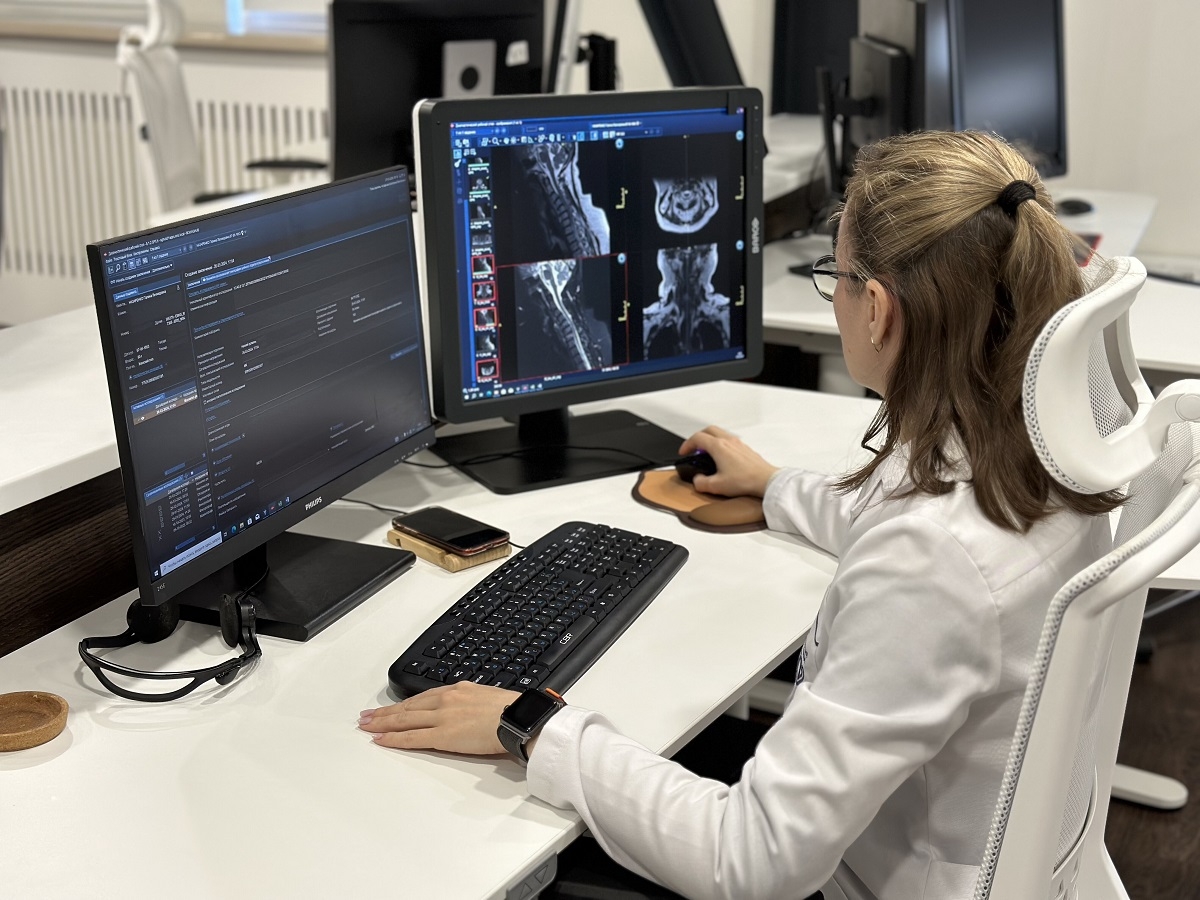Patient safety is the absence of preventable harm to a patient during the process of health care and the reduction of risk of unnecessary harm associated with health care to an acceptable minimum.
Nilesh Kanani, Head- Quality Assurance Specialist, NHB Pharma, has several years of experience with brands like Zota Healthcare, RPG lifesciences and ZCL chemicals.
NHB Pharma Group was established in the year 1968 by visionary Mr. Nagindas Hiralal Bhayani who is into manufacturing of Pharmaceutical Grade Infection Control Products.
Quality, basic and continued education of Healthcare professionals
Nilesh sheds light on the subject, “Patient safety cannot be ensured without access to safe infrastructure, technologies and medical devices, and their safe use by patients, who need to be well informed; and a skilled and committed health workforce, in an enabling and safe environment. In my opinion:
- The patient safety builds on quality, basic, and continued education and training of health professionals that ensure that they have adequate professional skills and competencies in their respective roles and functions,
- Further the importance of hygiene for patient safety and the prevention of healthcare-associated infections, and for reducing antimicrobial resistance;
- Ensuring patient safety is a key priority in providing quality health services and considering that all individuals should receive safe health services, regardless of where they are delivered
- The access to safe, effective, quality, and affordable medicines and other commodities, and their correct administration and use, also contribute to patient safety;
- The importance of robust patient safety measurement to promote more resilient health systems, better and more focused preventive work to promote safety and risk awareness, transparent incident reporting, data analysis and learning systems, at all levels, alongside education, training and continuous professional development to build and maintain a competent, compassionate and committed health care workforce operating within a supportive environment to make health care safe, and the importance of engaging and empowering patients and families in improving the safety of care for better health outcomes.
I also recommend that Government needs to develop and implement national policies, legislation, strategies, guidance and tools, and deploy adequate resources, in order to strengthen the safety of all health services, as appropriate,” he says.
Safe Health Workers Are Essential For Safe Patients and the Society
Nilesh explains, “COVID-19 has exposed health workers and their families to unprecedented levels of risk. The pandemic has highlighted the extent to which protecting health workers is key to ensuring a functioning health system and a functioning society. Many health workers have demonstrated excellence despite the limitations in the Indian health system. Creating sustainability would involve taking a systems approach to make sure all parts of the system, both of health care and of supportive social care are well functioning. During the current COVID-19 crisis, health workers are not only putting in longer hours but also working under increasingly difficult circumstances, which affect both their physical and mental health. The mental health of health workers is linked to workplace culture. Some organizations have a culture of supporting staff, responding to their needs and encouraging learning from mistakes; while others have a culture of fault-finding, blame, guilt and abuse. When instances of patient harm occur, whether people feel encouraged to report them, depends on the organization’s culture and leadership. Many health workers are overworked not by choice, but rather the lack of it since understaffing and shortages are a common feature of the Indian public health-care system. In addition, India simply does not have enough health facilities to cater to all its population, even without a pandemic. Further, the lack of adequate social care, such as care homes, community health services and community-based rehabilitative and palliative services, unduly increase the burden on health-care facilities. For example, numerous studies have shown that health workers, such as residents, who have been on duty for more than 24 hours at a stretch, have a higher risk of making mistakes, increasing the likelihood of a direct impact on patient safety,” he says.
Digital age and Healthcare - how will this transformation support patient safety today?
Nilesh shares his views, “There are no two ways about it: technological developments in healthcare have saved countless patients and are continuously improving our quality of life. Not only has that, but technology in the medical field had a massive impact on nearly all processes and practices of healthcare professionals. There is improved Access to Medical Information and Data, Improved Lines of Communication, Electronic Health Records, Telemedicine/Telehealth, Online education, Health Apps. While these technological developments offer countless benefits, the number one concern revolves around increasingly impersonal patient-doctor interactions. Studies, however, state that artificial intelligence might be able to free up a doctor’s time, affording them more time to interact with their patients, since the data is promising, only time will tell. Overall, digital technology has transformed healthcare. And this transformation is expected to continue in the years to come. Artificial Intelligence, machine learning, deep learning, blockchain, healthcare mobile apps, wearables, and much another such advancement will change the future of healthcare. As long as healthcare organizations and healthcare professionals keep their minds open and create the required infrastructure and systems, there is no saying how far digital technology can go in healthcare,” he says.
Nilesh talks on ensuring patient safety, “Medical errors are a serious public health problem and a leading cause of death in the world. It is challenging to uncover a consistent cause of errors and, even if found, to provide a consistent viable solution that minimizes the chances of a recurrent event. By recognizing untoward events occur, learning from them, and working toward preventing them, patient safety can be improved. Part of the solution is to maintain a culture that works toward recognizing safety challenges and implementing viable solutions rather than harboring a culture of blame, shame, and punishment. Healthcare organizations need to establish a culture of safety that focuses on system improvement by viewing medical errors as challenges that must be overcome. All individuals on the healthcare team must play a role in making the provision of healthcare safer for patients and healthcare workers. According to the Institute of Medicine, a medical error is “The failure of a planned action to be completed as intended or the use of a wrong plan to achieve an aim.” Let’s discuss some error preventing techniques;
Surgical Errors: Errors in surgery do not arise spontaneously. They develop from the interaction of multiple people and equipment. To prevent surgical errors and enhance patient safety, hospitals have introduced the following guidelines:
- A checklist of things that must be done before the patient is rolled in OT.
- Prior to making the skin incision, the anesthesiologist, surgeon, and nurse must again confirm the identity of the patient and confirm the type of surgery. This team also identifies the need for antibiotic prophylaxis and deep vein thrombosis prevention maneuvers.
- After completion of the surgery but before leaving the operating room, the surgeon, anesthesiologist, and a nurse verbally conclude the completeness of the count of instruments and sponges, verify that the specimen is labeled, and note the clinical status of the patient.
Diagnostic Errors:
Clinicians should be aware of the most commonly misdiagnosed conditions and take extra precautions to seek and confirm the diagnosis. Clinicians must be aware of and carefully consider the following common "high risk" diagnoses.
Medication Errors:
- Systems can help decrease hospital medication errors.
- Barcode administration and handheld personal digital assistants increase medication administration safety.
- All healthcare providers should work together for medication prescribing, administration, and monitoring.
Device and Equipment Errors:
- Workplaces, instruments, and equipment should be developed to consider human factors in design.
- A health professional user can maximize safety through the selection process, confirming that equipment is maintained, and proactive risk-assessment methods.
Health professionals should:
- Standardize equipment, such as infusion pumps and monitors, in similar care environments
- Be involved in setting and evaluating institutional, organizational, and public policy related to technology.
- Make sure that the technology used meets quality and safety standards.
Institutions should:
- Make decisions concerning technology with the input of critical stakeholders
- Have policies and processes related to maintenance, training, monitoring, and reporting adverse events related to technology
Prevention of Infection
- Appropriate hand-washing is one of the single most effective methods to decrease infection transfer. High-risk procedures such as indwelling Foley catheter and vascular catheter infection rates can be decreased by adhering to the use of sepsis bundles.
- Effective hand washing is linked to decreased morbidity and mortality rates. Sink availability or alcohol-based hand rubs prevent nosocomial infections. The Centers for Disease Control and Prevention guidelines include:
Avoid artificial nails
- Changing gloves after each patient is evaluated or treated.
- Keeping natural nails less than one-fourth of an inch long.
- Use alcohol-based hand rubs.
- Washing hands with soap and water.
Verbal Communication Errors
- Clinicians should follow well-communicated protocols that guide care and communication.
- Providers should listen to patient questions concerning how care is delivered.
- Concerns need to be respected and accepted as correct and documented if contrary to established evidence-based medicine.
- Well-informed patients avoid serious medical errors.
Written Errors
- Staff should never be reprimanded for questioning orders. When writing orders or prescriptions clinicians should never use short forms, abbreviations, symbols.
Much harm done to patients in health-care settings is because of unsafe health-care practice and unsafe health-care communication like wrong medications, medications given in a wrong dosage, patient handover in between staff shifts. The quality of both practice and communication is dependent on the safety and well-being of health workers,” he says.
Edited By- Rabia Mistry Mulla

 “India simply does not have enough health facilities to cater to all its population, even without a pandemic,†says Nilesh Kanani, Head- Quality Assurance Specialist, NHB Pharma
“India simply does not have enough health facilities to cater to all its population, even without a pandemic,†says Nilesh Kanani, Head- Quality Assurance Specialist, NHB Pharma


































